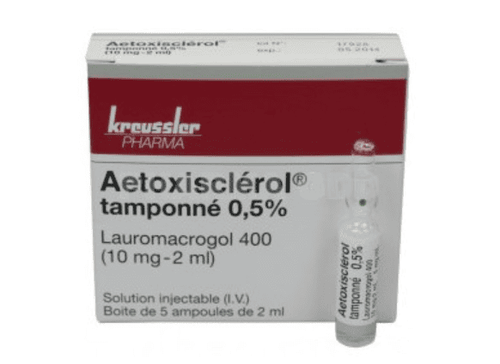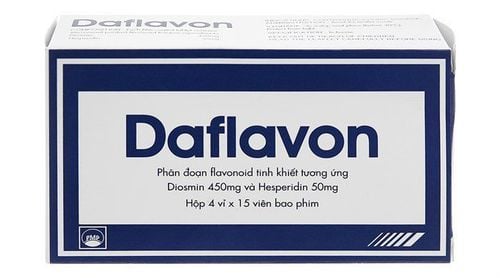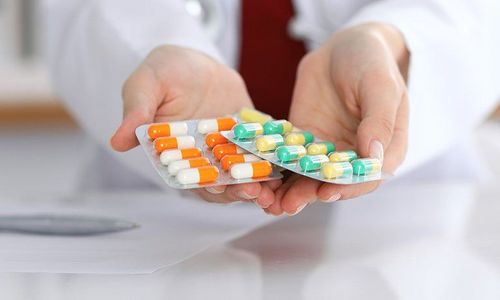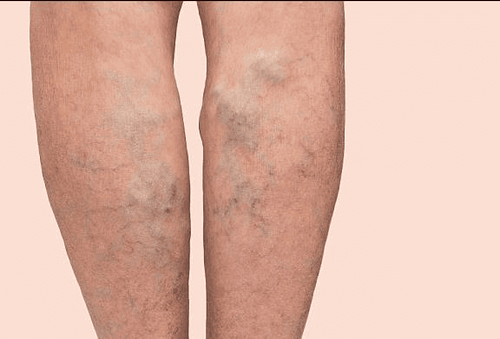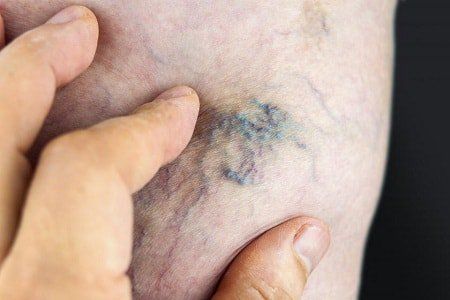This is an automatically translated article.
The article is professionally consulted by Master, Doctor Cao Thanh Tam - Cardiologist - Cardiovascular Center - Vinmec Central Park International General Hospital.Varicose veins of the lower extremities or chronic varicose veins of the lower extremities is a decline in the function of the veins in the legs to return blood to the heart. The disease usually progresses slowly, not tumultuously, with little danger but many obstacles to daily activities and work.
1. Veins of the lower extremities include which veins?
Veins of the lower extremities include:Superficial veins of the lower extremities: Small saphenous veins, great saphenous veins. Deep veins include veins in the iliac-femoral, popliteal, and lower legs. Venous valves are present in all three types of veins.
2. What is chronic varicose veins of the lower extremities?
Varicose veins of the lower extremities is a decrease in the ability of the veins of the lower extremities to return blood to the heart (legs), leading to blood stagnation, hemodynamic changes and deformities. surrounding tissue organizations. The disease can lead to difficult-to-treat complications such as eczema, non-healing leg ulcers, bleeding, enlarged superficial veins, thrombophlebitis, deep vein thrombosis...3. Some facts about varicose veins in the lower extremities
Worldwide, lower extremity venous insufficiency accounts for a significant proportion of the total population, of which 70% are female. Women often have a higher incidence than men due to the influence of female hormones, pregnancy on venous walls, and long standing in some special occupations such as sales, weavers, sewing, aquatic product processing. , seafood, teachers..., due to low muscle mass compared to men or inappropriate shoes.In Vietnam, according to a study, the rate of seafood processing workers with varicose veins of the lower extremities accounts for over 70%. Scientists predict that the disease will increase due to the development of the economy and changes in lifestyle.
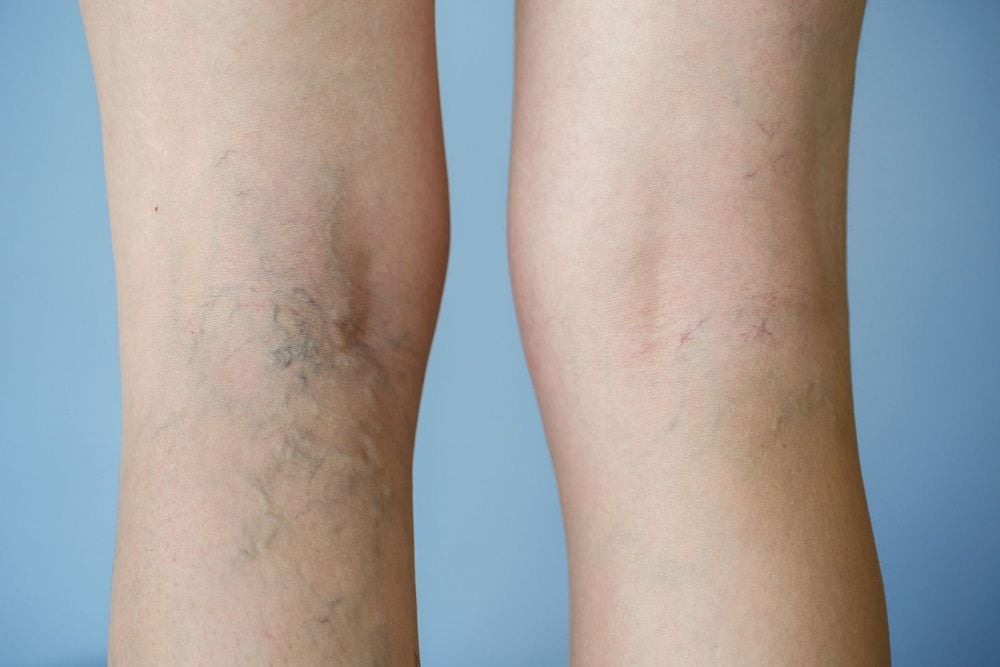
4. Causes of varicose veins in the lower extremities
The cause has not been clearly identified. However, the disease has been identified in association with several risk factors due to impaired function of the one-way valves of the peripheral venous system. These valves are damaged due to:Living and working posture: having to stand or sit in one place for a long time, sedentary, having to carry heavy loads... facilitates blood to be pumped to the legs, increasing pressure in the veins in the legs, long-term damage to the one-way venous valves. When the valves are weakened, it will reduce the ability to prevent blood flow back down due to the effect of gravity, leading to blood stasis in the legs. In addition to having to stand a lot, working in a humid environment is also a factor that makes the disease worse. People with multiple pregnancies, multiple births, obesity or overweight, chronic constipation, genetics, endocrinology, use of birth control pills, lack of exercise, smoking, a diet low in fiber and vitamins. .. also makes the disease worse. Deep vein thrombosis prevents blood flow back to the heart, phlebitis with thrombus formation in the superficial and deep veins Congenital valve defect. Degenerative process due to age (common in the elderly): increasing life expectancy will lead to diseases of the aging process, including varicose veins...
5. CEAP grading (Clinical - Etiological - Anatomical - Pathophysiological)
Grade 0: No visible or palpable varicose veins.Grade 1: Have dilated capillaries or dilated reticulum, size <3mm.
2 : Varicose veins large saphenous , small saphenous , size > 3mm .
Grade 3: Edema but no change in the skin.
Grade 4: Skin dystrophy causing skin pigmentation disorder, venous eczema, dermal fibrosis,...
Grade 5: Skin dystrophy and healed ulcer scars.
Grade 6: Skin dystrophy and progressive ulcer
6. Symptoms of varicose veins in the lower extremities
6.1 First stage
Symptoms of the disease are often faint and transient, the patient has foot pain, heaviness, sometimes a feeling of wearing shoes that are tighter than usual.Leg fatigue and slight swelling when standing for a long time, sitting a lot Cramping in the evening Feeling of needles, paresthesia like ants crawling in the lower leg at night Many tiny blood vessels (in the early stages only veins are visible) tiny bumps, especially on the ankles and feet). These symptoms are often not obvious or disappear at rest because the veins in the extremities have not dilated much, sometimes they are not, so the patient pays little attention and is easy to ignore.
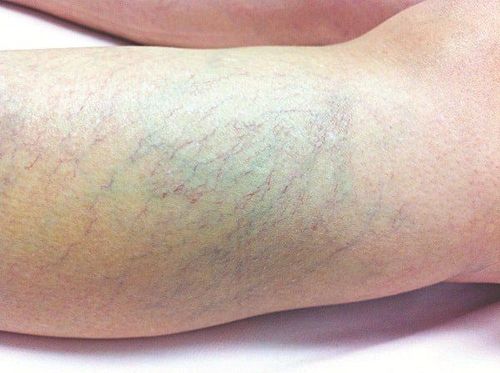
6.2 Stage of progression
The disease causes swelling of the feet, which can be in the ankles or feet. The lower leg area appears to change skin color due to blood stasis in the veins for a long time, there will be dystrophy. The swollen veins cause a feeling of heaviness and pain in the legs, accompanied by blood leaking out of the vessels, causing edema. This phenomenon does not go away with rest, in more severe cases, you can see swollen veins that are prominent on the skin on a regular basis, bruised patches on the skin...
6.3 Stage of complications
Thrombophlebitis (complications of thrombophlebitis are proximal deep vein thrombosis, distal deep vein thrombosis and pulmonary embolism) Severe bleeding from varicose veins Ulcer infection of chronic venous insufficiency count.
7. Prevention of complications
Change in working and living habits: Avoid prolonged standing or sitting motionless for a long time. When traveling by car or by plane, you need to stretch your legs often for blood circulation. Drink plenty of water Wear long socks to help Lose weight in excess Consult a gynecologist when taking birth control pills Take medication to prevent deep vein thrombosis when indicated. Lower extremity venous insufficiency progresses slowly in its early stages, making it difficult for patients to recognize symptoms. People with high risk factors for the disease should pay attention to any symptoms of the disease and should go to reputable medical facilities for early examination and treatment to avoid complications of the disease.At Vinmec International General Hospital, there is a package of lower extremity varicose veins examination to help customers with symptoms of the disease receive an in-depth examination to determine the condition of the disease.
Master - Doctor Cao Thanh Tam has many years of experience in diagnosing and treating cardiovascular diseases; Performing transthoracic echocardiography in the field of internal medicine and interventional Cardiology; Perform other non-invasive functional investigations in the diagnosis and treatment of cardiovascular diseases. Currently working as a cardiologist at Vinmec Central Park International General Hospital since November 2015.
Please dial HOTLINE for more information or register for an appointment HERE. Download MyVinmec app to make appointments faster and to manage your bookings easily.






